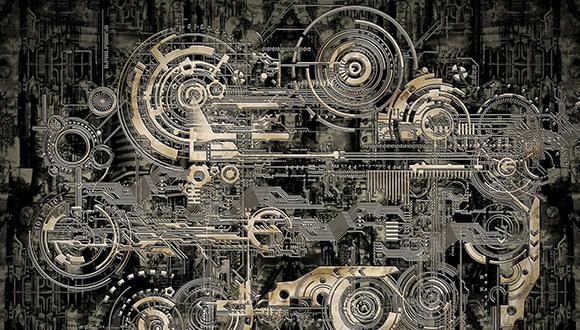סמינר מחלקה של דר' ירון שנאפ - קופפודים
School of Mechanical Engineering Seminar
Monday, October 24, 2022 at 15:00
Wolfson Building of Mechanical Engineering, Room 206
Copepods counter dispersion to maintain high mating-encounter rates
Dr. Ron Shnapp
experimental researcher of fluid mechanics
Copepods are planktonic crustaceans, roughly 1 mm in size, that form the most abundant animal group in the ocean. These animals reproduce sexually, so they must carry out mating encounters to reproduce. Yet, finding mating partners in the ocean can be a challenging task for copepods, because the ocean is vast and turbulent, and their swimming and sensing abilities are limited. Therefore, the probability of locating a mate assuming simple random motion leads to low mating encounter rates. What explains the copepods' great abundance is that their distributions are not homogeneous; in fact, plankton have patchy distributions over multiple scales - from thousands of kilometers down to the millimeter scale [1]. Of relevance to mating is patchiness at small scales (on the order of the animal's size) which increases the probability of encounters, as seen in ship transect observations [2]. However, how such clusters form in the dispersive ocean environment is not understood. The random swimming patterns that copepods must carry out to feed and locate mating partners acts to disperse high-density patches. Therefore, the existence of mating clusters requires a detailed balance between diffusion and pair interactions, yet this was not examined in the past.
In this seminar, we will examine how copepods maintain the detailed equilibrium between diffusion and pair interactions. For that, we will utilize a numerical model we have recently formulated [3] which allows studying copepod patch formation. The model shows that pair interactions can lead to patches of numerous particles, similar to the field observations. Exploring the model's parameter space will reveal what is required for patchiness to be sustained. Furthermore, we will compare the model's results with two laboratory measurements of copepod trajectories [3, 4], since a good quantitative agreement was found between the model and the experiment. These results support the hypothesis that small-scale patchiness is driven by animal behavior and
explain the details of how zooplankton achieve high mating encounter rates in their complex environment.
[1] B. Pinel-Alloul and A. Ghadouani (2007). Spatial heterogeneity of planktonic microorganisms in aquatic systems, 203-310, Springer Netherlands, Dordrecht.
[2] C. S. Davis, S. M. Gallager and A. R. Solow (1992). Science 257, 230-232.
[3] R. Shnapp, F. -G., Michalec, and Holzner, M. (2022). arXiv preprint arXiv:2205.08927.
[4] F.-G. Michalec et al. (2017). Proc. Natl. Acad. Sci. U.S.A. 114.52, E11199-E11207 ; F.-G. Michalec et al. (2020). eLife 9, e62014.
Short Bio
Dr. Ron Shnap
19/10/2022
Dr. Ron Shnapp is an experimental researcher of fluid mechanics. He conducted his BSc studies in the School of Mechanical Engineering at Tel Aviv University and graduated with honors. He then continued to study in the school's graduate program on the direct track. In his PhD thesis, he studied Lagrangian transport characteristics of canopy flows and of isotropic turbulence, supervised by Prof. Alex Liberzon. Following that, he joined the Weizmann institute of science as a postdoctoral fellow in the group of Prof. Victor Steinberg, where he studied viscoelastic fluid flow instabilities. His research focused on the transition to elastic turbulence in the linearly stable viscoelastic channel flow and revealed a novel mechanism for the growth of perturbations in this flow. In 2021, he won the Rothschild Postdoctoral Fellowship, with which he joined the Environmental Fluid Mechanics Group of Prof. Markus Holzner at the Swiss Federal Research Institute WSL and ETH Zurich where he currently resides. His study focuses on fluid-mechanical problems related to living organisms in fluids.
Join Zoom Meeting
https://tau-ac-il.zoom.us/j/4962025174?pwd=bVJUeElXRUUya3BERisyNllLOE9EZz09


